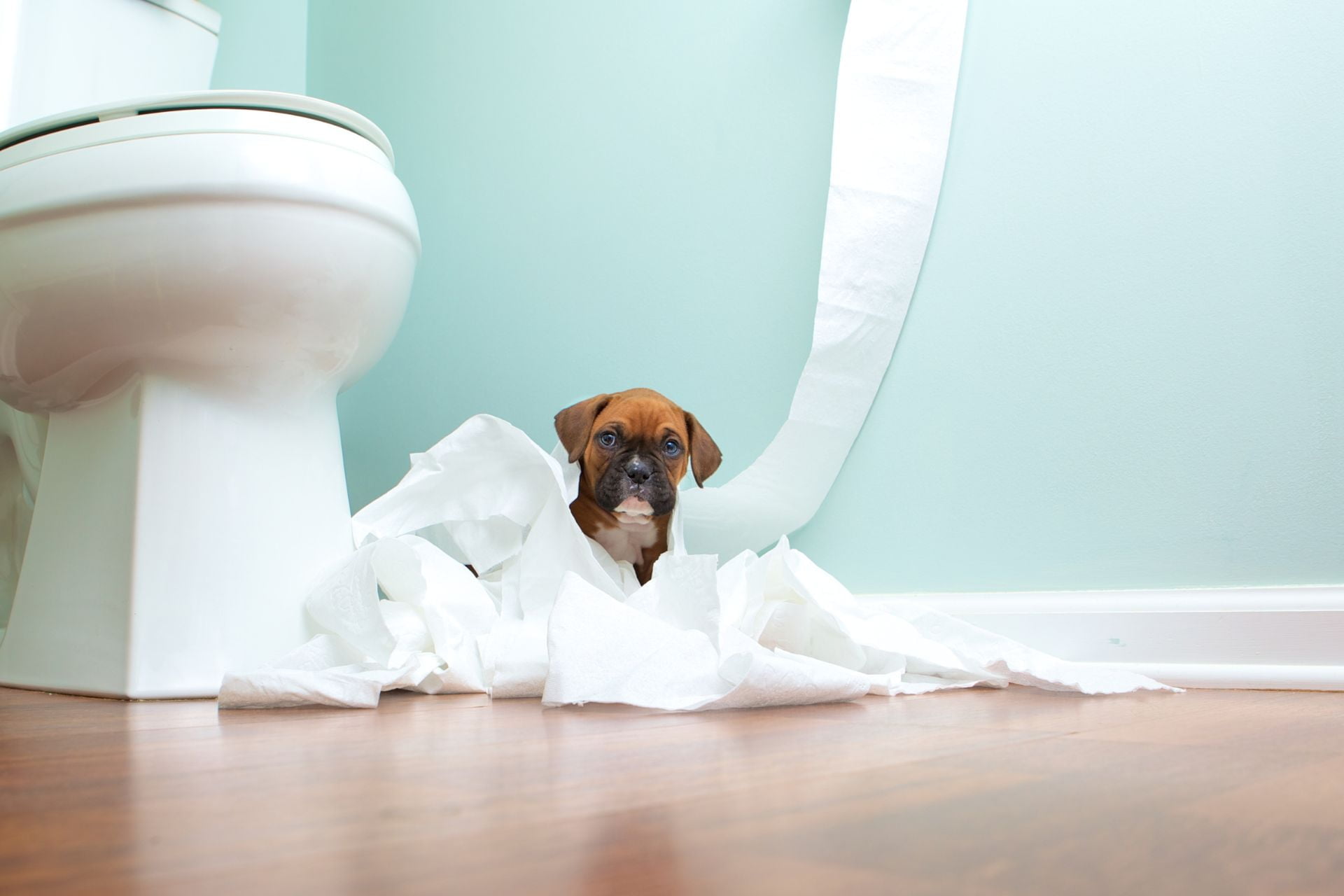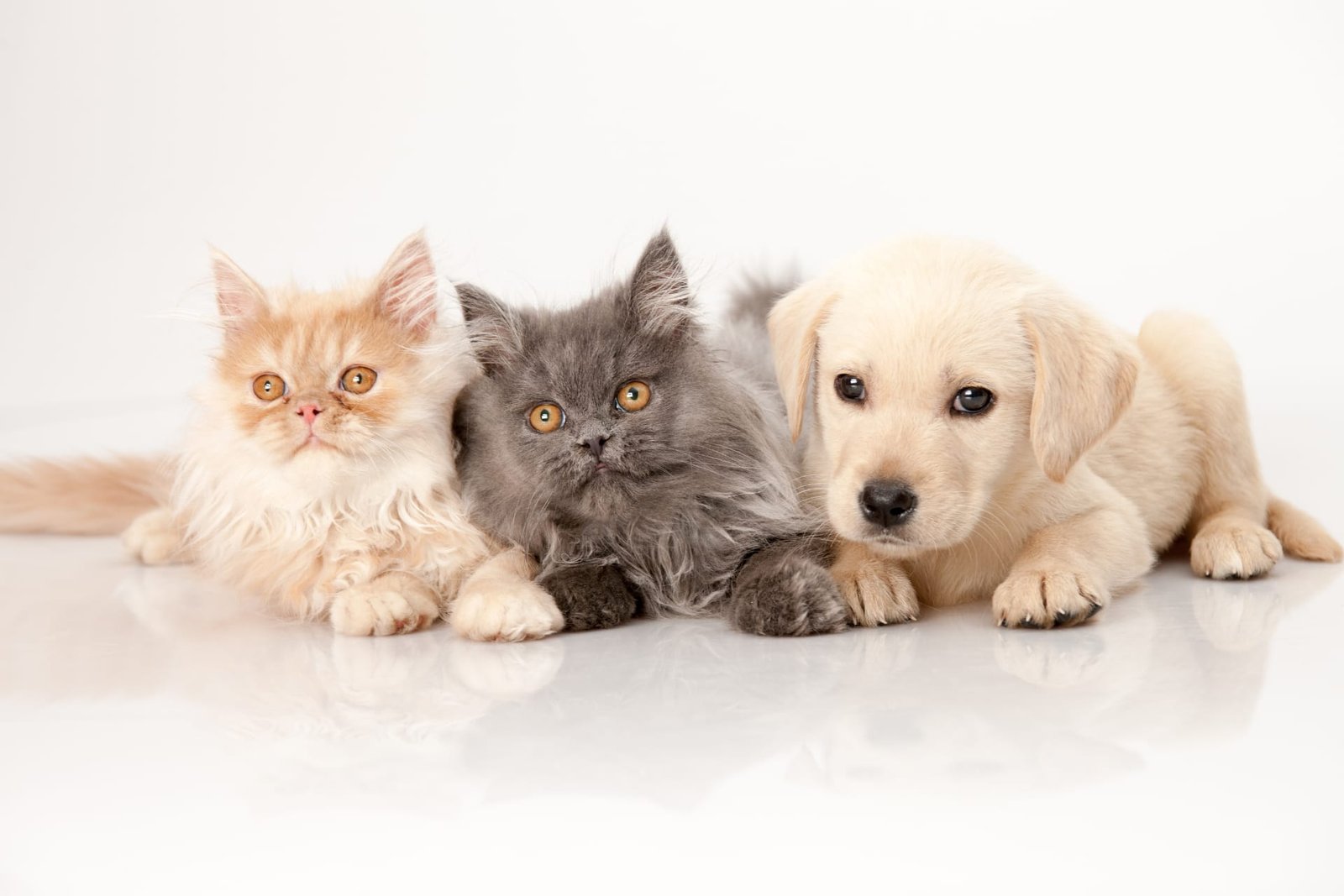Puppy potty training requires patience, consistency, and coordination across multiple caregivers. By following these tips, you can maintain your puppy’s progress even when pet sitters step in. Remember to communicate clearly, document everything, and choose sitters who respect your training methods.
Why Potty Training Falls Apart with Multiple Caregivers
You’ve spent weeks teaching your puppy to go outside on command. Then you hire a sitter for the weekend, and suddenly your puppy thinks the living room is an acceptable bathroom again.
This happens because puppies thrive on routine. When you’re the only person handling potty breaks, your puppy learns your schedule, signals, and expectations. Introduce a caregiver who does things differently, and your puppy gets confused about the rules.
What goes wrong with sitters:
They don’t take puppies out frequently enough. They miss subtle signs that your puppy needs to go. They use different commands. They don’t reward successes appropriately. They respond to accidents incorrectly.
The result? Your puppy regresses, accidents increase, and you come home to messes.
This isn’t the sitter’s fault—it’s a communication problem. Your sitter doesn’t know what you know because you haven’t told them.
Setting Up a Potty Training Schedule Sitters Can Follow
Consistency starts with a predictable schedule. Puppies need bathroom breaks at specific times based on age and activity level.
Standard puppy bathroom schedule:
First thing in the morning (immediately upon waking)
After every meal (15-30 minutes post-eating)
After drinking water
After playtime or exercise
After naps
Right before bedtime
Every 2-3 hours during the day for young puppies
Write this schedule down with exact times. Don’t assume your sitter will figure it out.
What to include in written instructions:
Specific times for breaks (7am, 10am, 1pm, 4pm, 7pm, 10pm). How long to wait after meals. Signs your puppy shows when they need to go (sniffing, circling, whining at door). What to do if timing gets disrupted.
Your sitter shouldn’t guess when your puppy needs to go outside. Give them the same schedule you follow.
For comprehensive preparation tips, read our guide on leaving your puppy for vacation.
Communicating the Designated Potty Spot
Your puppy has learned to go in a specific area of your yard. Your sitter needs to take them to that exact spot—not just “outside.”
Puppies develop scent associations with bathroom areas. Taking them to the same spot reinforces the habit. Taking them somewhere random confuses them.
What to tell your sitter:
Exact location of the potty spot (“back right corner near the fence”). Which door to use. Whether your puppy needs to be on or off leash. How long to wait there before assuming they’re done (5-10 minutes).
Show them during the meet and greet. Walk your sitter to the designated area while you’re still home. Let them practice taking your puppy there.
For meet and greet guidance, see our complete pet sitter meet and greet checklist.
Using Consistent Commands and Cues
You’ve taught your puppy to associate certain words with bathroom time. Your sitter needs to use those exact same cues.
Common potty commands: “Go potty,” “Do your business,” “Hurry up,” “Get busy”
Pick one phrase and stick with it. Tell your sitter which command you use, and ask them not to improvise different words.
Puppies learn through repetition. If you say “go potty” and your sitter says “time to pee,” your puppy doesn’t connect these as the same instruction.
What to document: The exact command phrase. When to say it (as soon as you reach the potty spot). Tone of voice (calm and encouraging). What it means when your puppy responds correctly.
Positive Reinforcement: What, When, and How Much
You reward your puppy immediately after they go in the right spot. Your sitter needs to do the same, using the same rewards.
Reward timing is everything. Puppies have short memory spans. If you wait five minutes to give praise, they won’t connect the reward with the bathroom behavior. Rewards must happen within 2-3 seconds of finishing.
What to tell your sitter:
Exactly what treats to use (brand, where stored). How many treats per successful break (usually 1-2 small treats). Verbal praise to use (“Good potty!” in excited voice). Whether to combine treats with petting or play.
Leave treat containers by the door you use to go outside. Attach a note reminding them to take treats on every bathroom break.
Dealing with Accidents: Instructions for Sitters
Accidents will happen. Your sitter needs to know how to respond without undermining training.
What sitters should NOT do: Yell at the puppy. Rub their nose in the mess. Punish after the fact. Make a dramatic deal out of it.
What sitters SHOULD do: Calmly interrupt if caught mid-accident (clap hands, say “outside!”). Immediately take puppy to designated spot. Clean thoroughly with enzymatic cleaner. Don’t react emotionally.
Leave enzymatic cleaner, paper towels, and cleaning instructions somewhere obvious. Show your sitter where supplies are during the home tour.
For emergency protocols, read our pet sitter emergency contact list guide.
Your inbox needs this
Subscribe to the Petme newsletter for weekly updates with pet care tips, tales, and member-only perks.

Crate Training Integration for Overnight Sits
If you use a crate as part of potty training, your sitter needs to understand the schedule and rules.
Puppies instinctively avoid soiling their sleeping area. A properly sized crate encourages bladder control and prevents accidents when you can’t supervise.
What your sitter needs to know:
Crate location and how to secure it. Maximum time your puppy can hold it based on age (general rule: one hour per month of age, plus one). Exact schedule for crate time and potty breaks. What to do if your puppy cries in the crate. Whether your puppy sleeps in the crate overnight.
Write out specific times your puppy goes into and comes out of the crate, with corresponding potty breaks immediately before crating and after release.
Nighttime Potty Training with Sitters
Overnight sits require special attention to nighttime bathroom needs.
Age-based nighttime schedules:
8-10 weeks old: May need one middle-of-night bathroom break
10-16 weeks old: Most can sleep 6-7 hours without a break
16+ weeks old: Should sleep through the night
What to tell overnight sitters: Whether your puppy needs a middle-of-night break (and what time). Where your puppy sleeps. Last potty break timing (right before bed). Morning break time. Signs puppy is asking to go out overnight.
If your puppy struggles overnight, limit water access 2-3 hours before bedtime. Tell your sitter this rule and show them where the water bowl is stored.
Socialization During Potty Training
Potty training happens during the same critical period as socialization (8-16 weeks). Your sitter can support both simultaneously.
How sitters reinforce socialization during potty breaks: Take puppy to different outdoor locations. Allow brief positive interactions with people during walks. Expose puppy to different surfaces (grass, pavement, gravel). Introduce environmental sounds during outdoor time.
This maintains socialization progress while reinforcing potty training habits.
For detailed socialization strategies, read our guide on socializing your puppy.
Transitioning from Indoor to Outdoor Training
If you’re transitioning from pee pads to outdoor-only bathroom breaks, your sitter needs clear instructions.
What to communicate: Current transition stage (still using pads? phasing out? fully outdoor?). Whether to leave pads down during the sit. What to do if puppy goes on a pad instead of outside. Timeline for eliminating pads completely.
If you’re close to fully outdoor-trained, consider removing pads entirely before your sitter arrives. Leaving them “just in case” causes puppies to regress because they’re getting mixed signals.
What to Include in Written Potty Training Instructions
Create a one-page potty training guide specifically for your sitter.
Essential information:
Schedule: Exact times for breaks, post-meal timing, pre-bedtime break
Location: Designated potty spot description, which door to use, leash requirements
Commands: Exact verbal cue, tone of voice, when to say it
Rewards: Type and amount of treats, where stored, verbal praise phrases, timing
Accidents: How to respond calmly, where cleaning supplies are, when to contact you
Signs puppy needs to go: Sniffing floor, circling, whining at door, sudden stop during play
Leave this document somewhere obvious—taped to the fridge, in a binder by the door, or with other pet care instructions.
For instruction templates, see our guide on leaving detailed instructions for pet sitters.
What Good Sitters Do
Experienced pet sitters understand that puppies need structure and routine.
Green flags: Ask detailed questions about potty training during meet and greet. Take notes during instructions. Request written schedules. Offer to do practice runs. Send proactive updates about bathroom successes. Don’t deviate from instructions without asking.
Red flags: Dismissive of detailed schedules (“I’ll just take them out when they seem like they need to go”). Don’t ask about specific training methods. Say “all puppies are the same.” Don’t want written instructions. Promise your puppy won’t have accidents.
Choose sitters who understand that maintaining your training is as important as keeping your puppy safe and fed.
When booking through Petme, filter for sitters with puppy experience. Every booking includes the Petme Protection Plan, providing up to $20,000 in emergency veterinary coverage.
Find experienced puppy sitters on Petme who understand that routine maintenance matters.
Handling Regression After Sits
Sometimes puppies regress after being cared for by sitters, even when the sitter followed instructions perfectly.
Why regression happens: Stress from routine changes. Confusion about who’s in charge. Testing boundaries with the sitter. Genuine accidents due to excitement when you return.
How to respond: Return immediately to your consistent schedule. Don’t punish regression—reinforce correct behavior. Review what happened with your sitter. Adjust instructions for next time if needed. Be patient—most puppies return to normal within 2-3 days.
If regression persists beyond a week, consult your veterinarian to rule out medical issues like urinary tract infections.
Conclusion
Maintaining potty training progress with multiple caregivers requires clear communication, detailed instructions, and choosing sitters who respect your training methods. Your puppy can handle different caregivers successfully—they just need consistency in approach, timing, and expectations.
Write everything down. Demonstrate during meet and greets. Choose experienced sitters. Stay in communication during sits. Your puppy’s progress depends on it.
FAQs
How long does it take to potty train a puppy?
It varies by breed and consistency. Some puppies catch on within a few weeks, others take several months. Patience and consistency across all caregivers are key.
What should my sitter do if my puppy has an accident indoors?
Clean up with enzymatic cleaner, don’t scold the puppy, redirect to the appropriate spot, and reinforce positive behaviors when they eliminate correctly.
Can my sitter use pee pads if I’m transitioning away from them?
Only if you’re still in the transition phase. Communicate clearly whether pads should be available during the sit or removed completely to avoid mixed signals.
Should my sitter wake up during the night for potty breaks?
Depends on your puppy’s age. Young puppies (8-10 weeks) may need one middle-of-night break. Older puppies (16+ weeks) should sleep through the night. Specify your expectations in writing.
My puppy regressed after a pet sitting visit. What should I do?
Return to your consistent schedule immediately. Don’t punish regression. Reinforce correct behaviors with rewards. Most puppies bounce back within 2-3 days. If regression persists beyond a week, consult your veterinarian.











